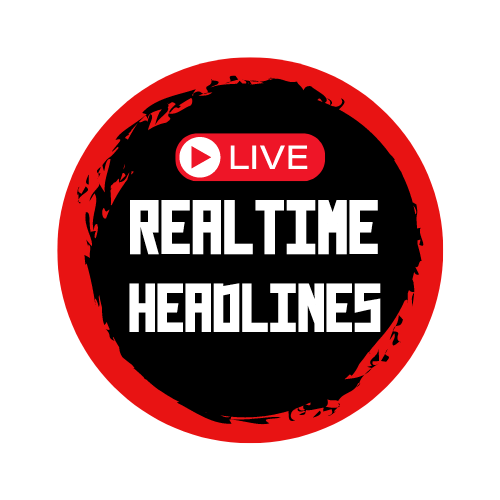Rafael Henrique | Soup Images | AP
After nearly 200 videos released, Carla Lalli’s music has attracted hundreds of thousands of followers and gained millions of views, it quits YouTube. Substitution is her new focus.
Music is a recipe author and food content creator, and she is shifting her focus to Alternative, a subscription platform that allows creators to charge users for subscriptions to access their content. Music told CNBC that she made more money in the year of using alternatives, earning nearly $200,000, more than she has made the decision to post videos on YouTube since 2021.
Music is the alternative to the exact content creators who try to lure its platform, as Tiktok’s future in the United States remains in a dilemma.
Launched in 2017, the San Francisco-based alternative is a tool for correspondent writers to charge readers a monthly fee to read their content. The platform allows creators to contact followers directly without the need for Navigation algorithm model This controls when its content is displayed, just like on Tiktok, Google’s YouTube and other social platforms. The company told CNBC that the alternatives have raised about $100 million, and was recently estimated at $650 million for $650 million.
This year, the alternative expanded its focus to newsletters and on Thursday Announce Creators can now publish video content directly through alternative applications and monetize those videos.
“There will be a world of people who are more focused on video,” substitute co-founder Hamish McKenzie told CNBC. “It’s a huge world, and substitutions are just beginning to penetrate.”
The alternative media landscape was abandoned after Tiktok’s effective ban in January led to popular Chinese-owned services off-line for hours. Tiktok has also been removed from Apple and Google’s App Stores for nearly a month.
Former President Joe Biden signed a law that forces China-owned apps to be sold or effectively banned on the first day of the U.S. office, President Donald Trump signs an executive order to expand Tiktok operations in the U.S. but the order will expire on April 5.
Tiktok was launched after a few days of offline $20 million fund To the court creator to its platform.
“If Tiktok is banned for political reasons, it has nothing to do with the work you do, but it does affect your life,” Mackenzie said. “The only reliable guardian objected to this is if you Not in other turbulent systems, they don’t care what will happen to your livelihood.”
Beyond Newsletter
Mackenzie said they are hunting down creators on competing social media platforms to start sharing their video content on alternatives.
“Video-first creators, mobile-oriented people, once they encounter this model in the right place, there are a lot of new possibilities waiting to be unlocked,” Mackenzie said.
The company said the alternative already has more than 4 million paid subscriptions and has more than 50,000 creators making money on the platform. Alternatives say that 82% of its top 250 revenue-generating creators have integrated audio or video into their content, reflecting an increasing emphasis on multimedia content.
Before posting video announcements, alternatives allow creators to post videos to notes on the application, a platform-oriented feed format. But this feature does not allow creators to post video content behind alternative paywalls.
The update enables creators to place video content behind a paywall and provide data on estimated revenue impacts. It also enables them to track viewers and new subscribers.
Carla Lalli Music is a recipe writer and food creator.
Cara Lali Music
The push for alternative videos is a welcome development for creators like music who lost money for making videos for YouTube.
Music says that despite shooting at home, each video will cost $3,500 to produce. If she posts four videos on YouTube a month, she earns about $4,000. She said music loses about $10,000 a month.
“It’s really frustrating to operate at a loss,” the music said.
Music says that even if there is a brand deal, it is a deal where brands pay creators content that promotes their products, but the proceeds are barely recouped by the cost of posting on YouTube.
More than half of the $290 billion creator economy comes from value directly to fans. According to ticket sales, courses, live streaming and paid membership. investigation Conducted by alternative competitor Patreon.
As she shifts to alternatives, music says she is now focusing on writing another book, posting recipes behind the platform’s paywall and sprinkling them in occasional videos.
“My attention to smaller people is a huge benefit than throwing things, and seeing things that stick with billions of potential listeners,” the music said. “It’s more sustainable.”


